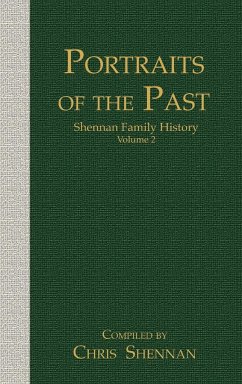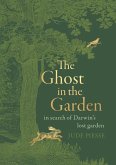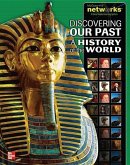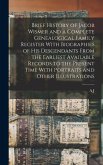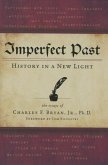This second volume of Shennan family history comprises four parts: firstly, a document written in 1934, about the derivations of the family name, with anecdotes and details of family history, as remembered then. Secondly, an account of John Shennan, who travelled widely from Scotland through North America and South America, dying in Buenos Aires. And finally researches of two branches of the family dating from the 19th century. These last three parts were the work of Jean Shennan, who died in 2021. The purpose of this, and the earlier, volume of Shennan Family History is to make the documents available as a record of family history and of the times through which they lived. As such, the documents are of interest to both immediate family and anyone else researching family life in the 19th and early 20th centuries.

